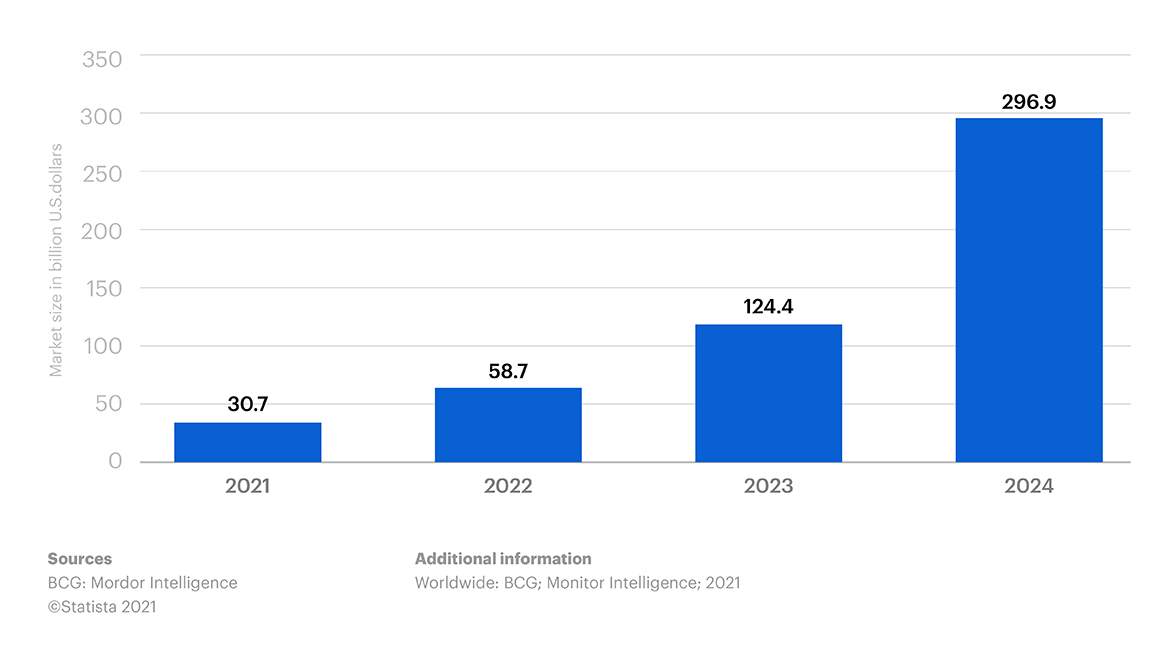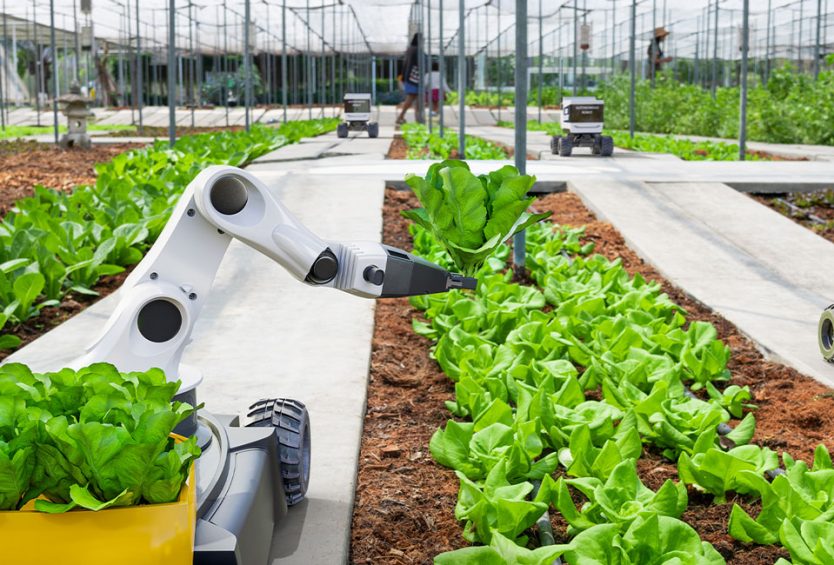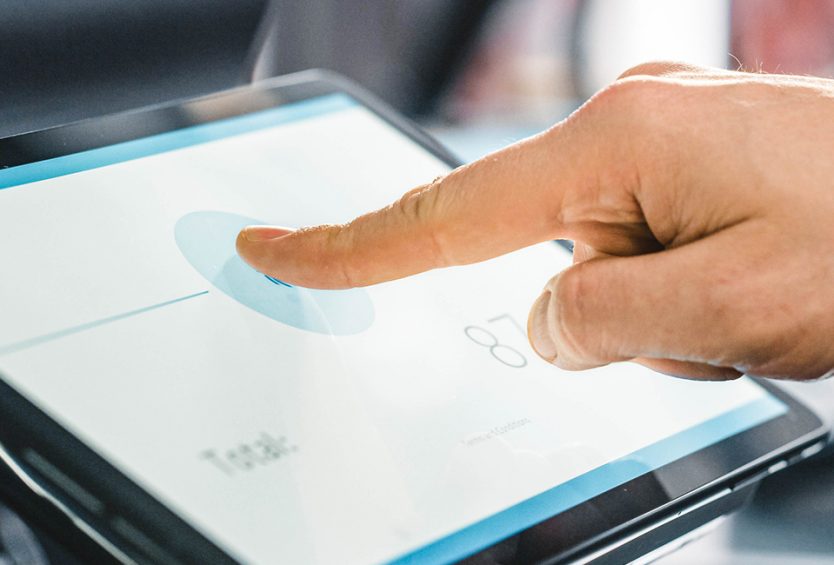In the recent years, the application of technology in real estate industry, also known as, Proptech (property technology) has become a growing trend in countries around the world. AR, VR and 3D space technology are the preferred choices for industries, including real estate.
What is AR/VR and 3D space?
Augmented Reality (AR) is the embedding of digital information with physical environment, providing a direct or indirect view of how digitalized objects could be placed in the real-world environment, where users could have a better view of how those objects would appear in the real world.
Virtual Reality (VR) creates a completely virtual space where users could experience spaces that are similar or completely different to the real-world counterpart. In the space created by VR, users could experience the feeling of themselves in those spaces, to immerse and interacts with digital objects in real time. VR helps eliminating the limitation of time and space.
3D Space is a virtual space that replicates a real space, created using 3D technology with laser scanning of the space and the objects in it. Since the real space is replicated, all present objects, the space’s attributes such as color, size, location,… in the virtual space are identical to the real one. 3D space also provides people with exciting and pleasant experiences, eliminating time and geographical limitations.
Aside from AR and VR which dominate the virtual reality market, there is Mixed Reality – MR but the application of MR in real estate is limited. According to Statista, the global virtual reality market is expected to reach USD 30.7B in 2021, reaching USD 300B in 2024 (1).

Application of AR/VR in real estate
Due to the ongoing Covid-19 situation globally, traveling or face-to-face conversations become limited. Customers who are interested in real estate properties also face difficulties viewing them personally. Thus, the virtual reality technologies are contributing to the solution for those problems.
AR/VR helps customers experiencing the properties just like how they would do it in person, looking at every aspect of the product while being consulted by the investors or agent before making the purchase. The technology is being utilised to “realize” the purchasing experience of customers, thus making the products more approachable.

Moreover, 3D space technology allows a throughout view of the 3D scan of projects or products that customers are interested in, at every viewpoint and angle. With just a single click, customers could move to every position they find fit, providing the most detailed and real experience of the interior and surroundings. These aspects are crucial to properties developed after the sales. Then, the property buyers could have a better overview while the sales agents could have an easier time providing analysis and consultation on which product is the most suitable, increasing the chance of transaction as well as reducing the time and effort to close the deal.

When the purchase is no longer limited to simple 2D images and instead a “realistic virtual” space, customers could easily share their experience with friends and family. This would help with brand awareness and sales effectiveness. Virtual reality technologies could contribute to a convenient and fast-growing real estate business as ever.
The benefits of applying AR/VR and 3D space in real estate
For real estate industry, the application of AR/VR and 3D space in viewing apartments, houses and other properties could bring significant benefits such as:
- Time saving for purchasers and sellers while increasing the deal closing chance
- Customers do not have to spend time and money traveling in person to where the products are being sold, ensuring the customers’ safety in Covid-19 situation
- Providing customers with the most realistic and vibrant images, contributing to a more intuitive view
- The applications could be used on a wide range of devices, from smartphones, tablets, personal computers to specialized AR/VR headsets,…
- Resource optimization for enterprises, acting as a tool to support employees, especially sales department
- Better brand awareness, trust and interest from customers
- Increase the approachability of customers, accelerating their purchasing decision
Nowadays, real estate is a business with fierce competition. Technology is considered a key factor to differentiate and succeed in this industry in Vietnam. Thus, if real estate firms could master new technologies, especially AR/VR or 3D, they could be open to more opportunities for a breakthrough and lead the market as well as bringing their brand to every target customer segment.
Reference source
(1) Statista. 2021 Augmented (AR), virtual reality (VR), and mixed reality (MR) market size worldwide from 2021 to 2024


